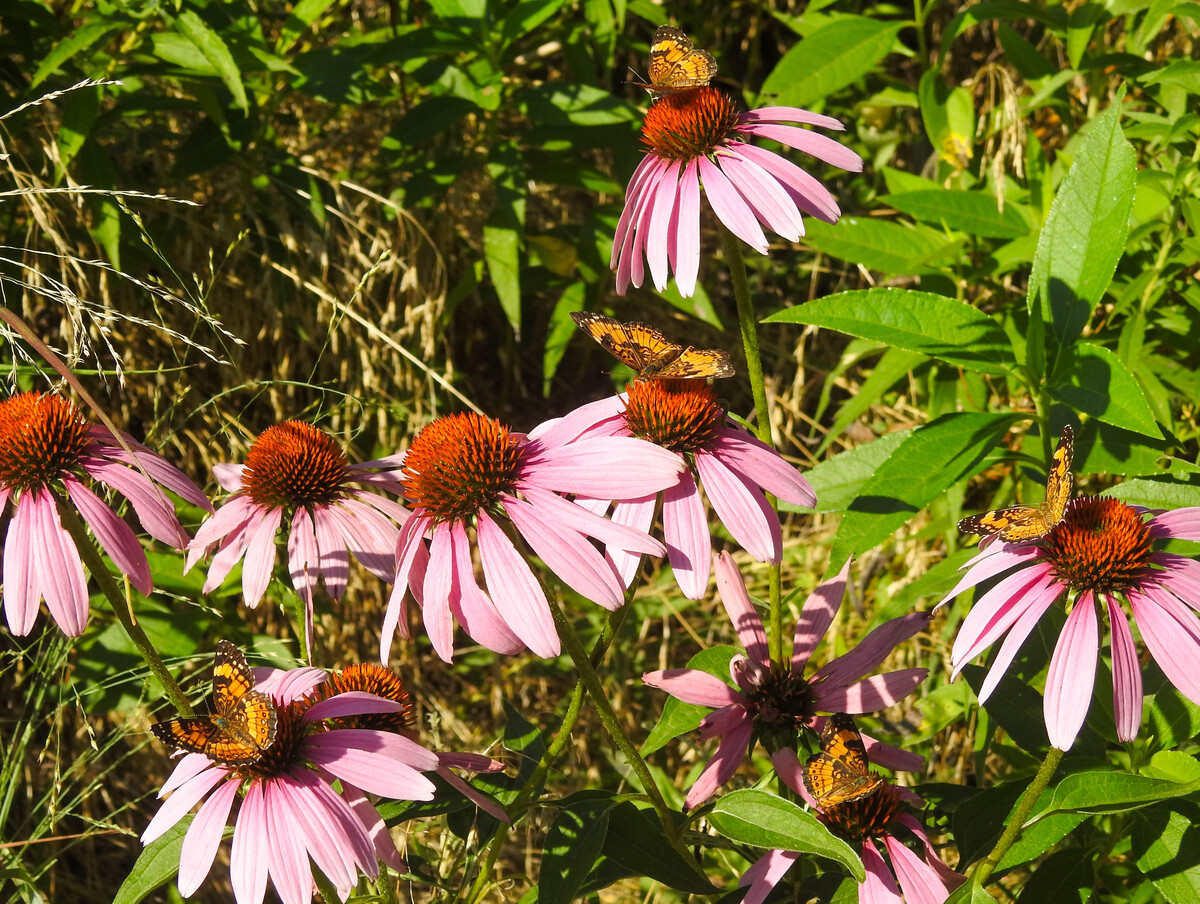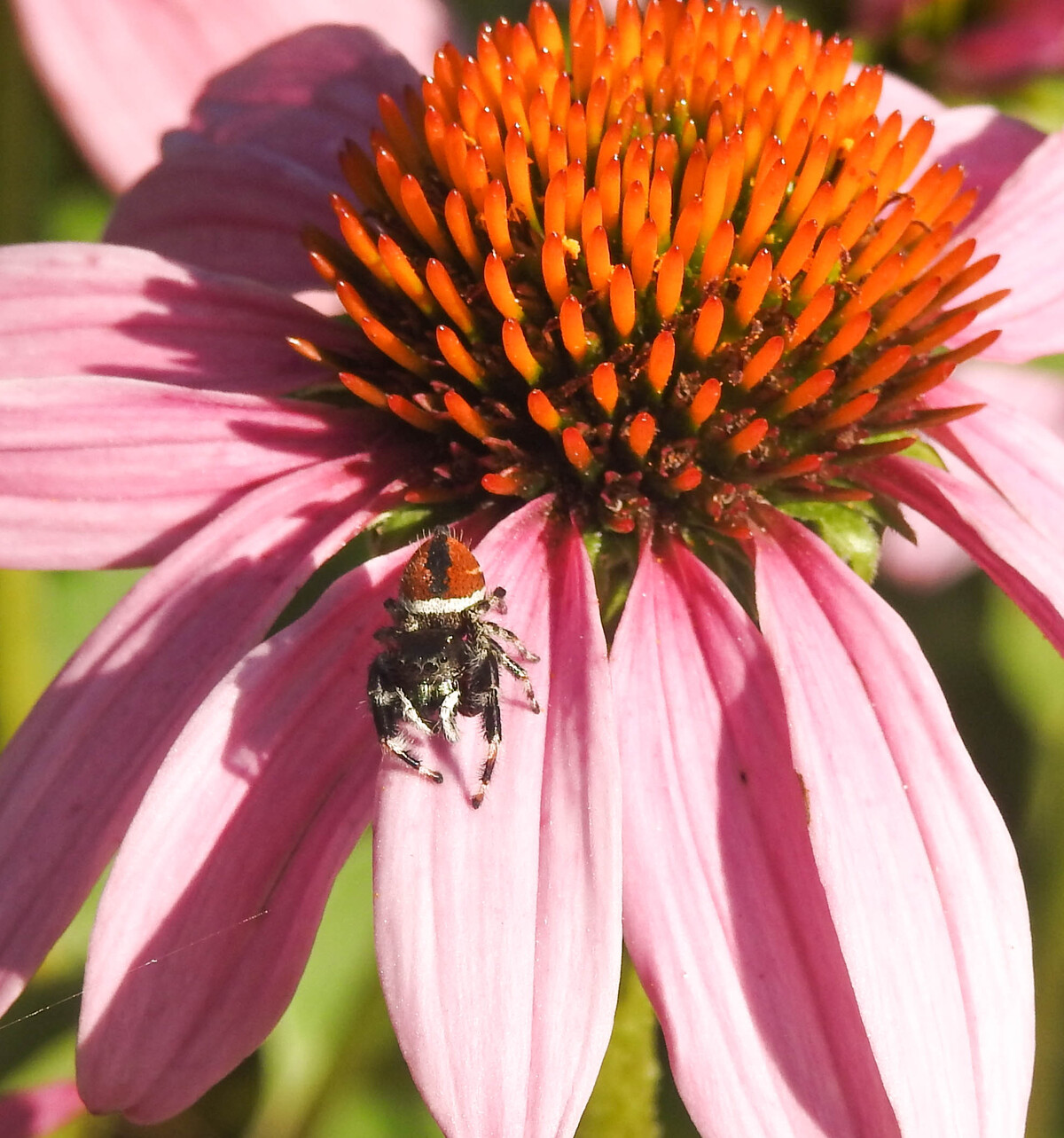Summer Trip to Far West Farm
 Summer has arrived with heat and humidity at Far West Farm, but work goes on, and there are certainly some benefits to be had from the hot weather—benefits such as real tomatoes, and the potential to grow various melons that actually taste like watermelons, cantaloupe and honeydews. I debate each year whether to plant melons at the farm, knowing as I do that we lack the best soil for such an endeavor and that we are without a watering system--unless you call trucking water in 5-gallon carboys a watering system. Competitors are also afoot.
Summer has arrived with heat and humidity at Far West Farm, but work goes on, and there are certainly some benefits to be had from the hot weather—benefits such as real tomatoes, and the potential to grow various melons that actually taste like watermelons, cantaloupe and honeydews. I debate each year whether to plant melons at the farm, knowing as I do that we lack the best soil for such an endeavor and that we are without a watering system--unless you call trucking water in 5-gallon carboys a watering system. Competitors are also afoot.
With more than two inches of rain from a storm two days earlier, I was in a joyful mood as I recently drove the 45 miles from our home in Manhattan to our farm near Latimer. The rain meant I wouldn’t have to haul water for more than a week and that my earlier efforts to keep the garden alive while I hoped for a rain hadn’t been in vain.
The drive to the farm is always interesting. The early part of this drive was dedicated to listening to a cassette tape of the calls of Kansas frogs and toads. I was surprised to learn that the amphibian calling in my backyard is –new to me—a Copes Grey Tree Frog. Once I leave Hwy 77 to negotiate the county and township roads birding opportunities increase. This year has generated a special treasure hunt, as each time I make the drive I look for Loggerhead Shrikes, a bird I had not seen along the route for perhaps 10 years. Now, I see one on most trips, sometimes within 100 yards of where they nested on my then in-laws farm 20 years ago.
I reached our farm, filled up my backpack sprayer and started down the filter strip we added to one of our parcels four years ago. I was worried that the 3 ½ gallons of water in the sprayer wouldn’t last for the entire .4 of a mile length of the filter strip. Despite burning the strip this past April, there were many honey locust, ash, hackberry and elm trees encroaching on the grasses and forbs sown into the filter strip. One way or another they must be eliminated.
 Blooming flowers were infrequent, as most of the natives included in the original seed mix were not blooming, with the exception of Illinois bundleflower and some early-in-the-year Maximillian sunflowers. I was pleased when I reached one of two blooming clumps of thick-spike gayfeather that I had planted into the filter strip and found it hosting a monarch butterfly. This gayfeather species, while not native to the area, was clearly performing a vital function. Other early bloomers were some showy purple coneflowers, which had grown from seed saved from our yard that I had tossed into the drill box when we had first planted the filter strip. While I would not normally advocate planting of species outside their normal range, both species were playing a significant role in nourishing pollinators, with the coneflower hosting numerous butterflies and even an occasional predatory spider.
Blooming flowers were infrequent, as most of the natives included in the original seed mix were not blooming, with the exception of Illinois bundleflower and some early-in-the-year Maximillian sunflowers. I was pleased when I reached one of two blooming clumps of thick-spike gayfeather that I had planted into the filter strip and found it hosting a monarch butterfly. This gayfeather species, while not native to the area, was clearly performing a vital function. Other early bloomers were some showy purple coneflowers, which had grown from seed saved from our yard that I had tossed into the drill box when we had first planted the filter strip. While I would not normally advocate planting of species outside their normal range, both species were playing a significant role in nourishing pollinators, with the coneflower hosting numerous butterflies and even an occasional predatory spider.
Before long, as the temperature rose, I was hoping the water in my sprayer would run out. The 30 pounds of water, plus the camera and binoculars that I was wearing, were a burden under the scorching sun. I was happy when the water expired--short of the strip’s end--before I did.
I went to inspect the garden, where I found that a deer that has been tormenting me had apparently been playing polo with two watermelons that had grown to the size of a large grapefruit. One was completely ruined. The fate of the other wounded melon remains undetermined. The deer had also bitten chunks out of other watermelons and cantaloupe. Gardening and rouge Bambis can be cruel sometimes. Don’t set gardening hopes too high.
